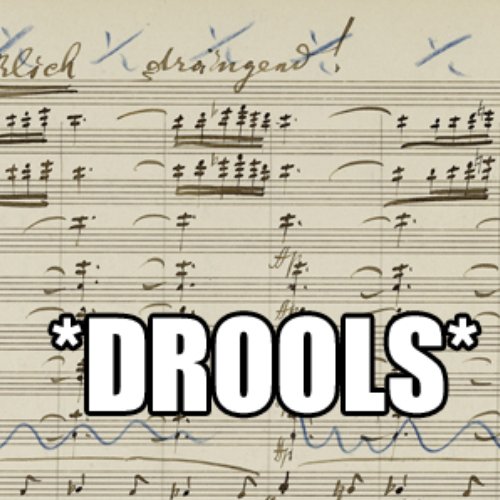Mahler - Symphony No. 5 in C Sharp minor
Mahler is famous for the way in which he stretched classical music to its limits, especially in the hour-long Symphony No. 5 composed between 1901 and 1902.
Principally, this happened through his huge symphonies, which nearly all require a very large orchestra and often last for over an hour. Indeed, in the case of this work, Mahler even adds a fifth movement, not content with any convention that dictated the fourth movement to be the finale. And yet, despite all this grandness of scale and depth, the main reason for the enduring popularity of his Symphony No.5 is the exquisite, ten-minute Adagietto that forms the fourth movement and which, more presciently, was put to such powerful use in the film Death in Venice.
Luchino Visconti’s 1971 film tells the story of a composer; thus, Mahler’s Symphony No.5 becomes, for the purpose of the movie, a composition by the main character Gustav von Aschenbach. The critical success of Death in Venice and its widespread audience over a forty-year period have ensured that, more than any concert hall performance, it’s this film that has introduced more people to Mahler than anything else.
















